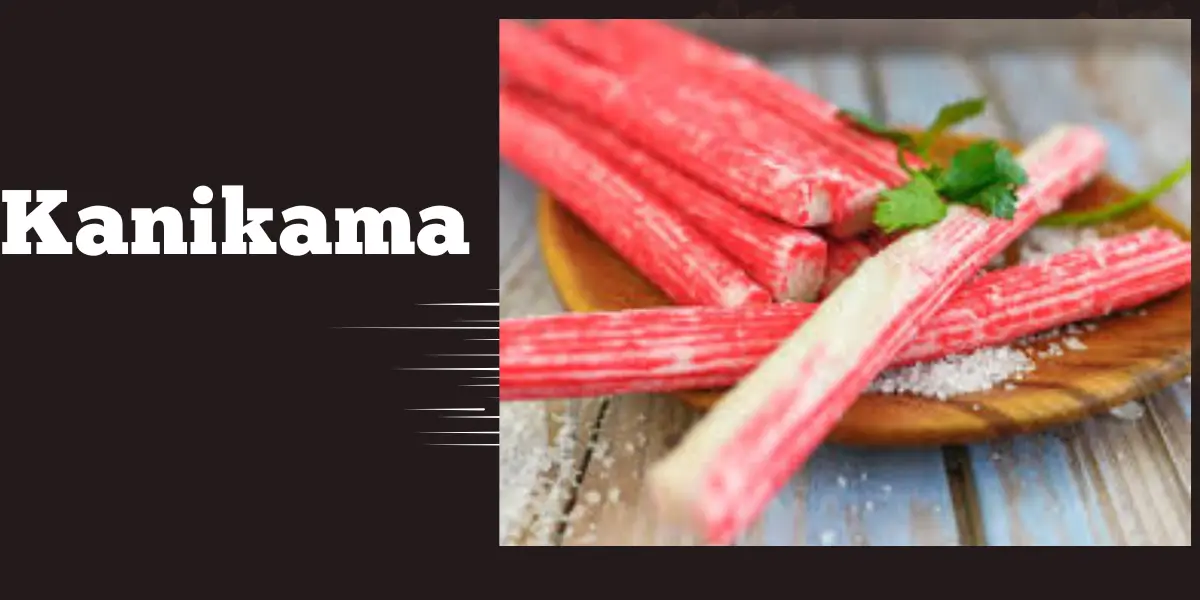Kanikama: Art of Imitation Crab in Japanese Cuisine

Kanikama, also known as imitation crab meat, is a popular seafood substitute enjoyed by many around the world. Made primarily from surimi, a paste created from white-fleshed fish such as pollock, kanikama is designed to mimic the flavor and texture of real crab meat. Its versatility and affordability make it a staple in various culinary traditions, especially in Japanese cuisine. This guide will delve into everything you need to know about kanikama, from its production process to its culinary uses and nutritional benefits.
The History and Evolution of Kanikama
Origins in Japan
The history of kanikama dates back to 1974 when it was first developed in Japan. The innovative process was created by the Sugiyo Co., Ltd., aiming to provide a cost-effective and sustainable alternative to real crab meat. This invention quickly gained popularity not only in Japan but also in other parts of the world, particularly in the United States and Europe.
Global Popularity
As kanikama’s popularity grew, it began to be incorporated into various international cuisines. Today, it is a common ingredient in sushi rolls, salads, and even pasta dishes. Its mild flavor and flaky texture make it an excellent addition to a wide range of recipes.
How Kanikama is Made
The Surimi Process
The key ingredient in kanikama is surimi, a fish paste made from white-fleshed fish. The process begins with the careful selection of fish, typically Alaskan pollock, which is deboned, washed, and minced into a fine paste. This paste is then mixed with various additives such as starch, egg whites, sugar, and seasoning to achieve the desired consistency and flavor.
Shaping and Flavoring
Once the surimi is prepared, it is shaped into the form of crab legs or other desired shapes. This is done using specialized molds and machines. The imitation crab meat is then cooked through steaming or baking, which helps it solidify and develop its characteristic texture. Finally, it is often coated with a thin layer of red food coloring to enhance its visual resemblance to real crab meat.
Nutritional Benefits of Kanikama
Low in Calories and Fat
One of the significant advantages of kanikama is that it is low in calories and fat. A typical serving contains around 80-100 calories and less than 1 gram of fat, making it an excellent choice for those looking to maintain a healthy diet.
High in Protein
Kanikama is also a good source of protein, with an average serving providing around 7-10 grams. This makes it a beneficial addition to meals for those seeking to increase their protein intake without consuming too many calories.
Rich in Nutrients
In addition to being low in calories and high in protein, kanikama is rich in essential nutrients such as vitamin B12, phosphorus, and selenium. These nutrients play crucial roles in maintaining overall health, including supporting metabolism, bone health, and immune function.
Culinary Uses of Kanikama
Sushi and Sashimi
One of the most common uses of kanikama is in sushi and sashimi. Its delicate flavor and texture make it an ideal ingredient for various sushi rolls, such as the popular California roll. It can also be enjoyed on its own as sashimi, paired with soy sauce and wasabi.
Salads
Kanikama adds a unique flavor to salads, providing a seafood twist to traditional recipes. It pairs well with fresh vegetables, fruits, and light dressings, making it a versatile ingredient for creating healthy and delicious salads.
Hot Dishes
In addition to cold dishes, kanikama can be used in a variety of hot dishes. It is often added to soups, stews, and casseroles to enhance their flavor. It can also be used as a filling for omelets or as a topping for pizza.
Appetizers and Snacks
Kanikama is a popular choice for appetizers and snacks. It can be served as crab cakes, dip, or stuffed into vegetables like bell peppers. Its versatility makes it a great option for creating a wide range of appetizers for parties and gatherings.
Choosing and Storing Kanikama
Selecting High-Quality Kanikama
When choosing kanikama, it is essential to select high-quality products to ensure the best flavor and texture. Look for products that are firm to the touch and have a bright, even color. Avoid kanikama that appears mushy or has an off odor, as these can be signs of poor quality or spoilage.
Proper Storage
Kanikama should be stored in the refrigerator and consumed within a few days of opening. If you purchase it in bulk, it can be frozen to extend its shelf life. When freezing, ensure it is tightly wrapped to prevent freezer burn and maintain its quality.
Health Considerations and Dietary Restrictions
Allergies
While kanikama is a great seafood substitute, it is essential to note that it may contain allergens such as fish, shellfish, and gluten. Always check the ingredient list if you have any food allergies or sensitivities.
Dietary Preferences
Kanikama is suitable for various dietary preferences, including pescatarian and low-calorie diets. However, those following a gluten-free or vegan diet should look for specifically labeled products that meet their dietary needs.
Conclusion
Kanikama is a versatile, affordable, and nutritious seafood substitute that can be enjoyed in a variety of dishes. From sushi rolls to salads, its mild flavor and texture make it a favorite among many. By understanding its production process, nutritional benefits, and culinary uses, you can fully appreciate this unique ingredient and incorporate it into your meals.



Leave a Comment